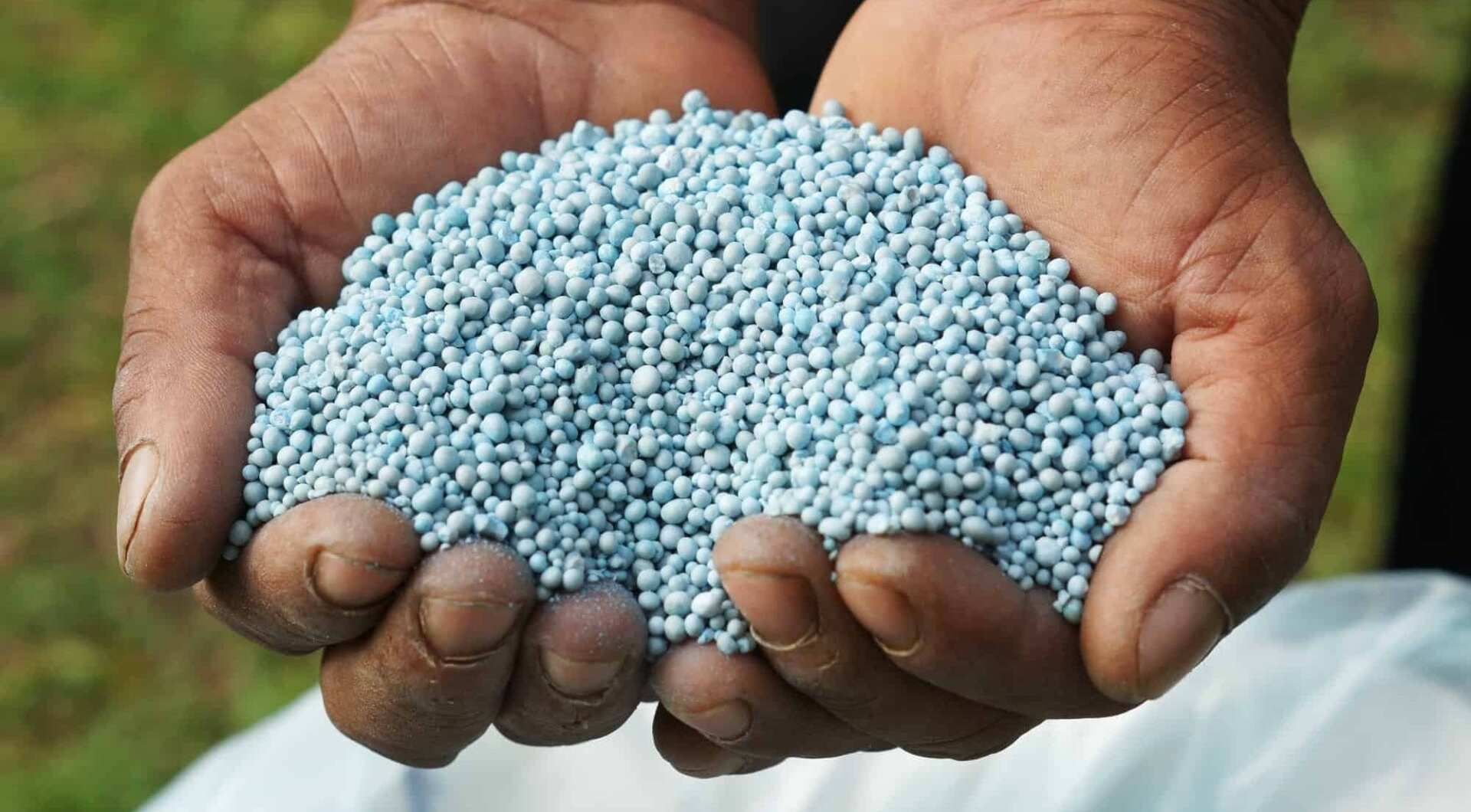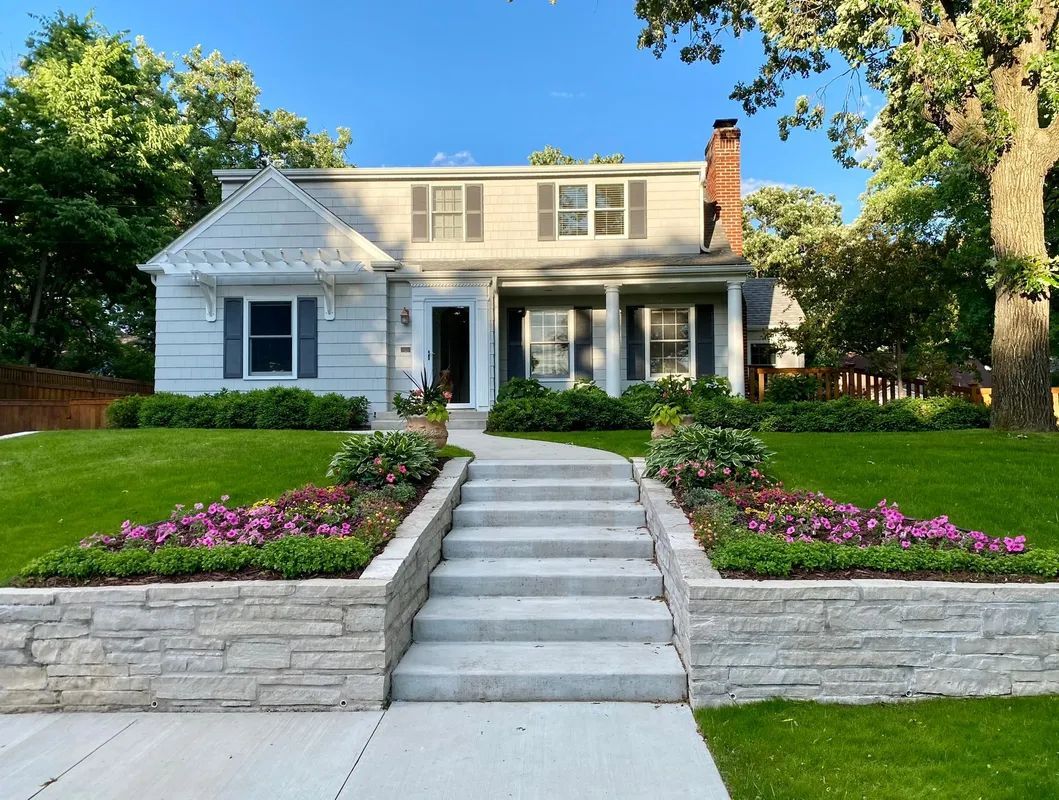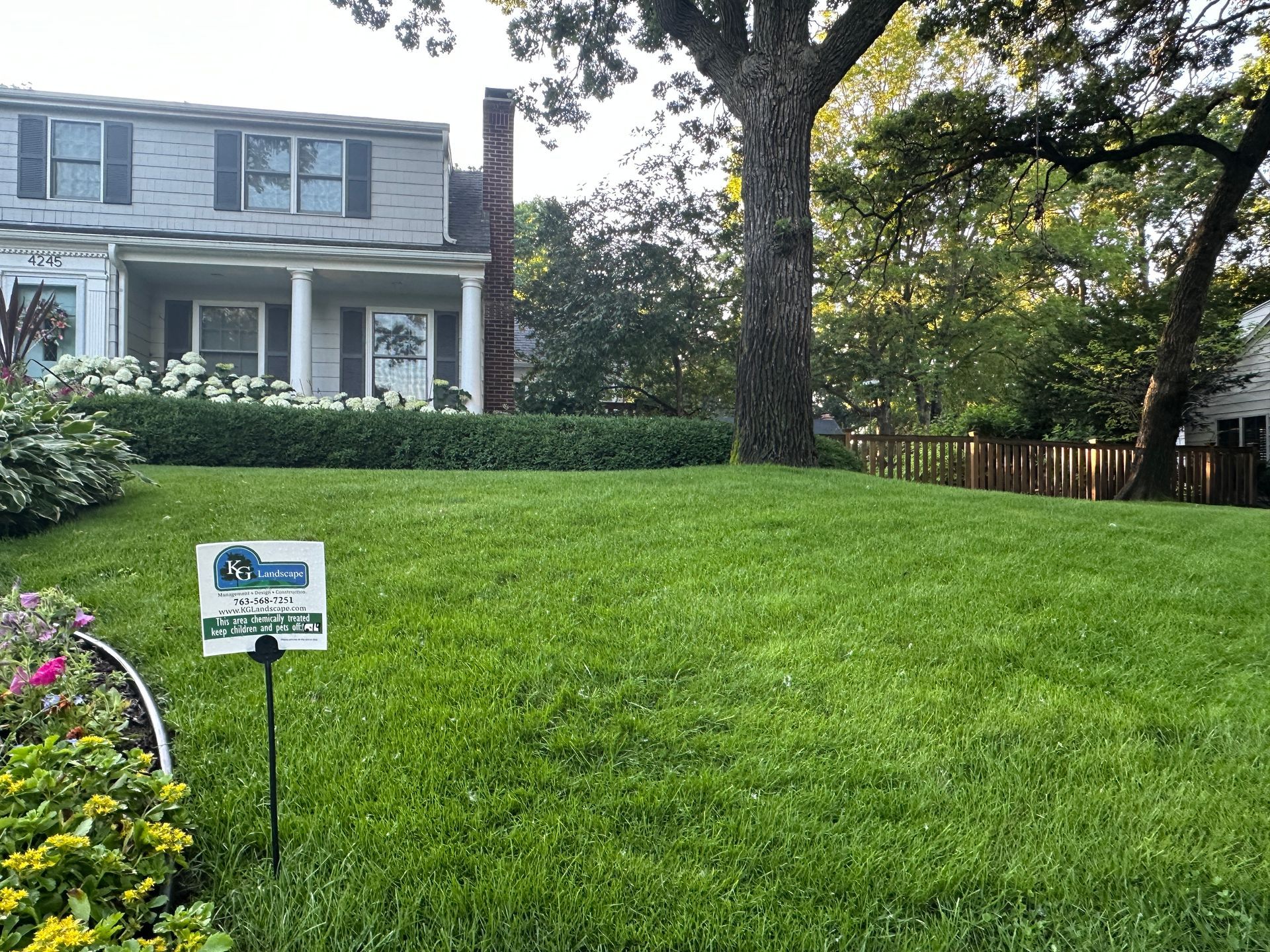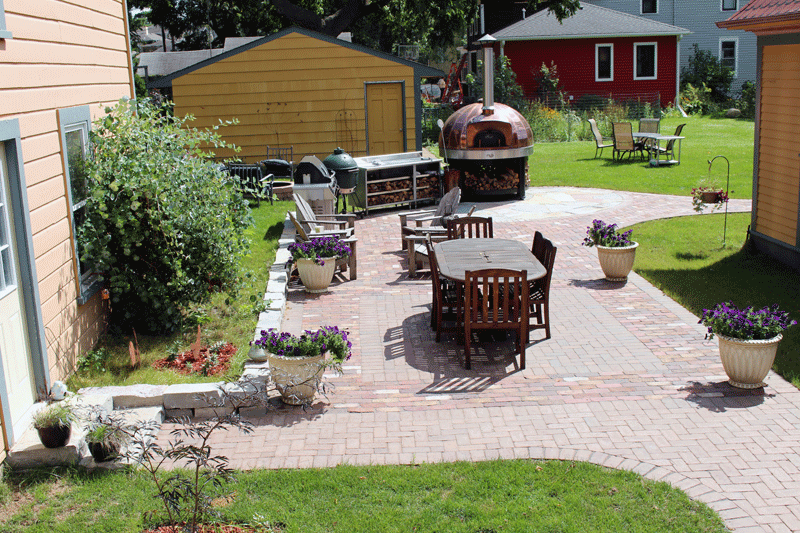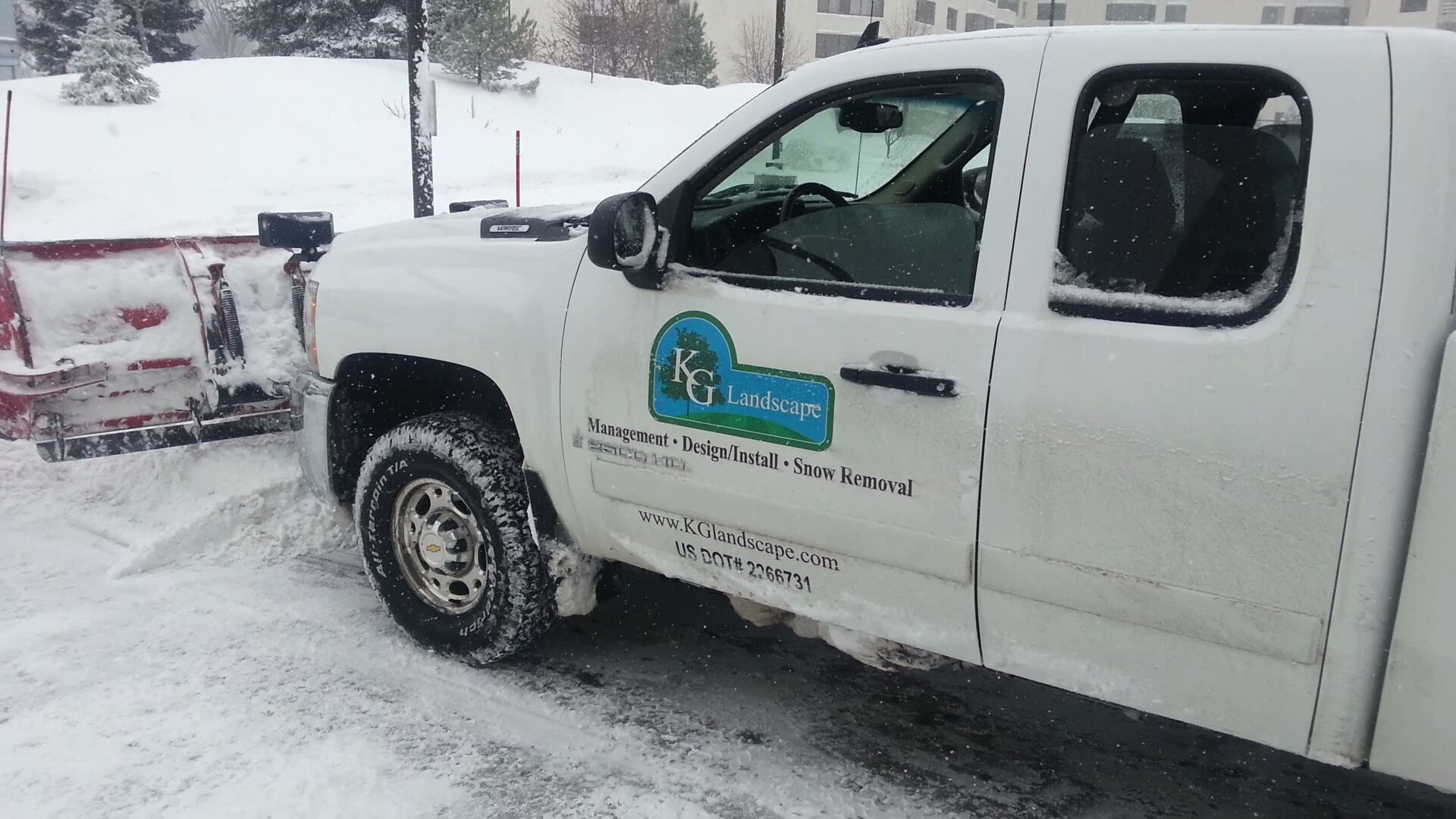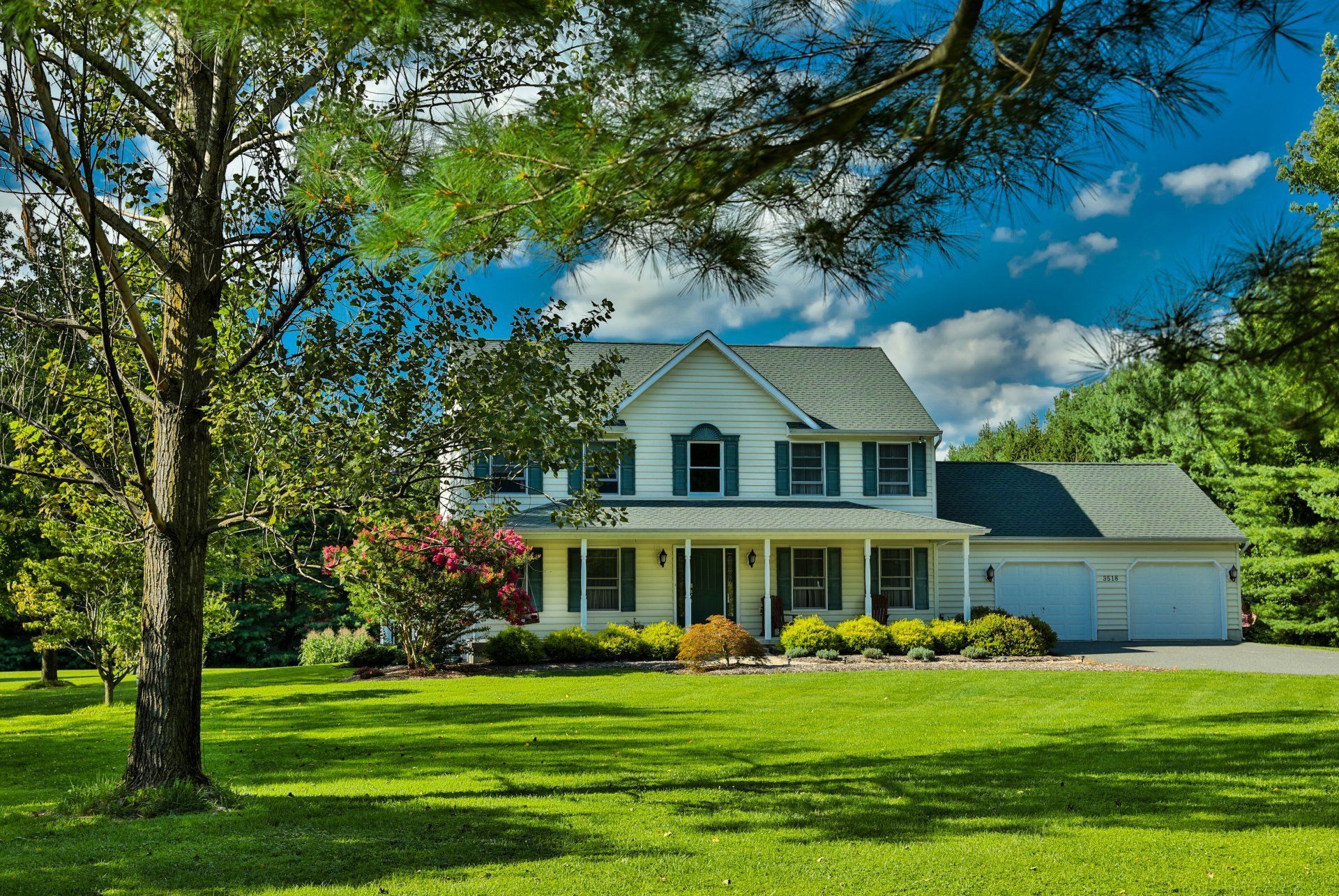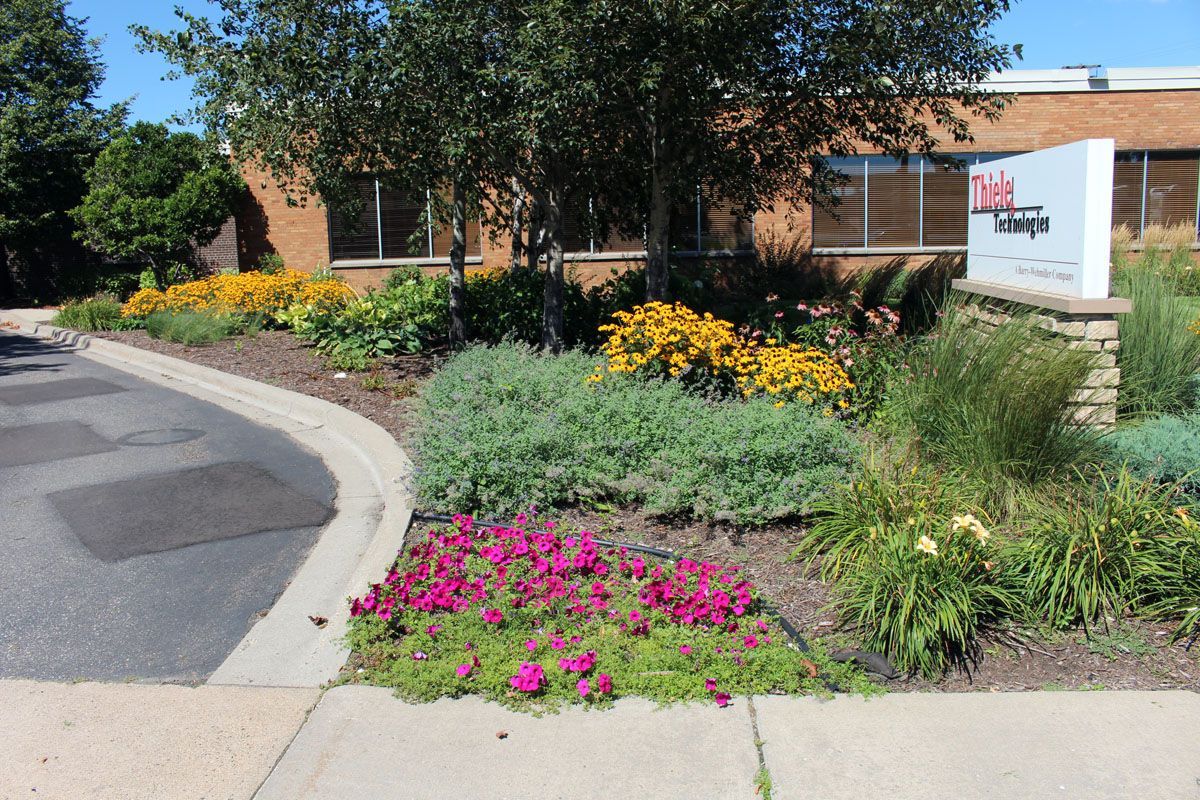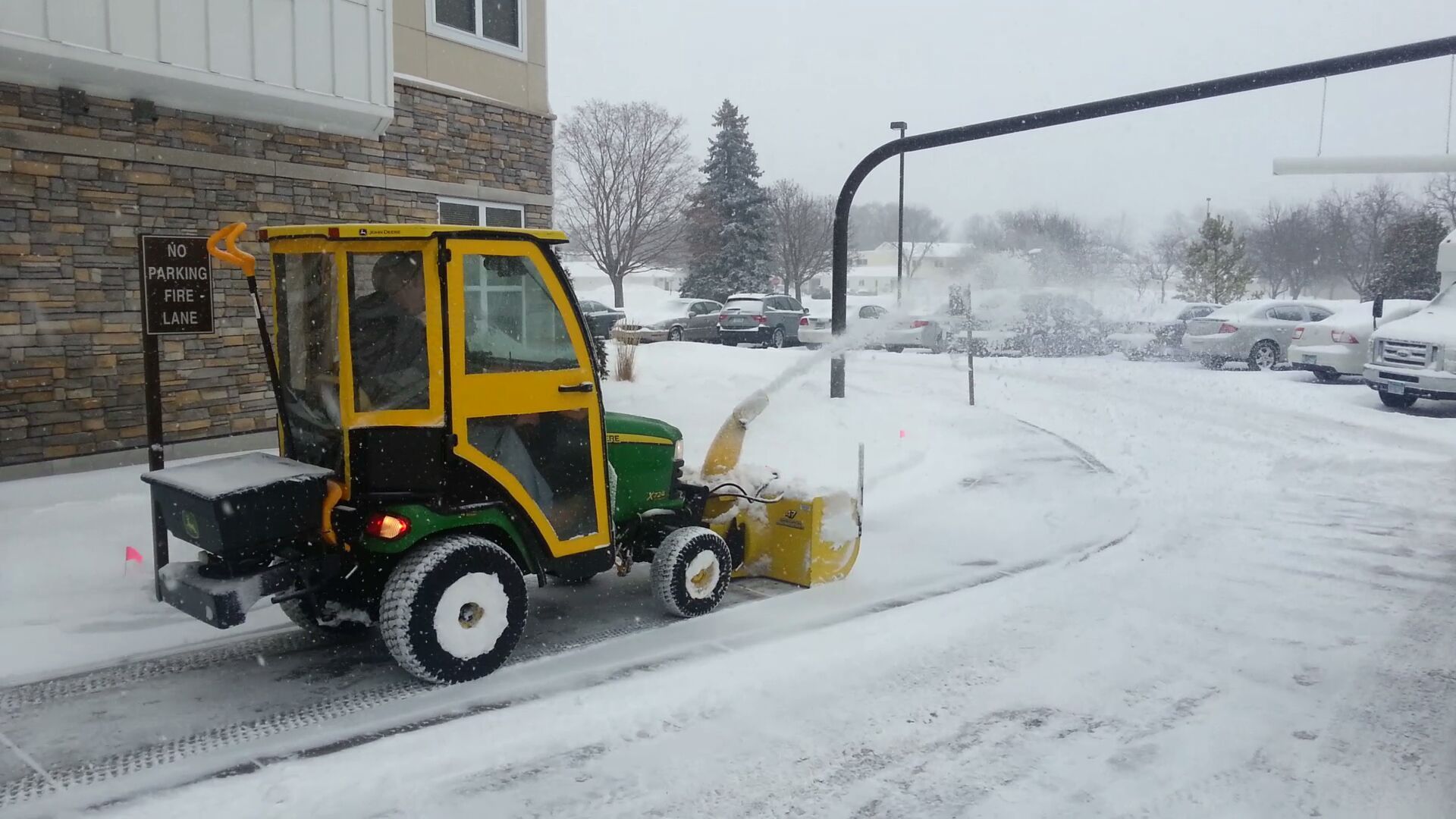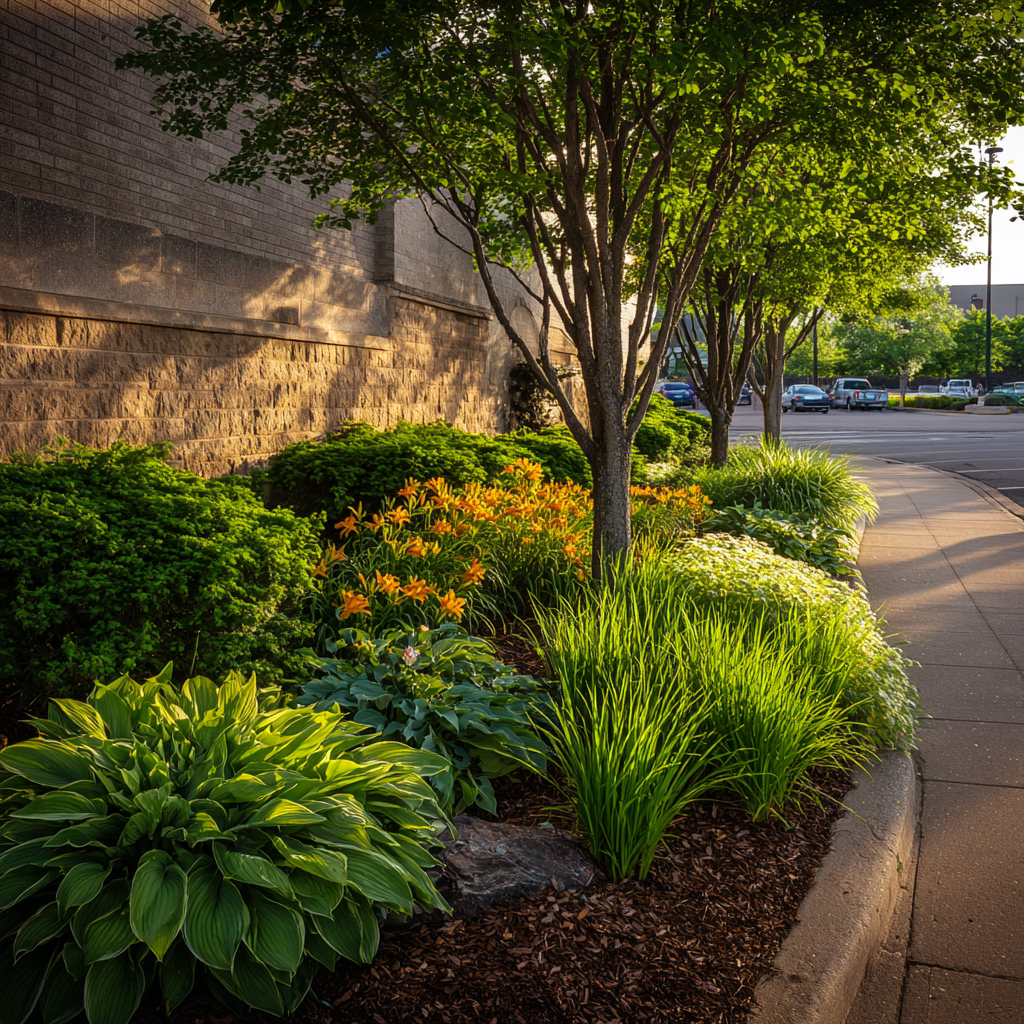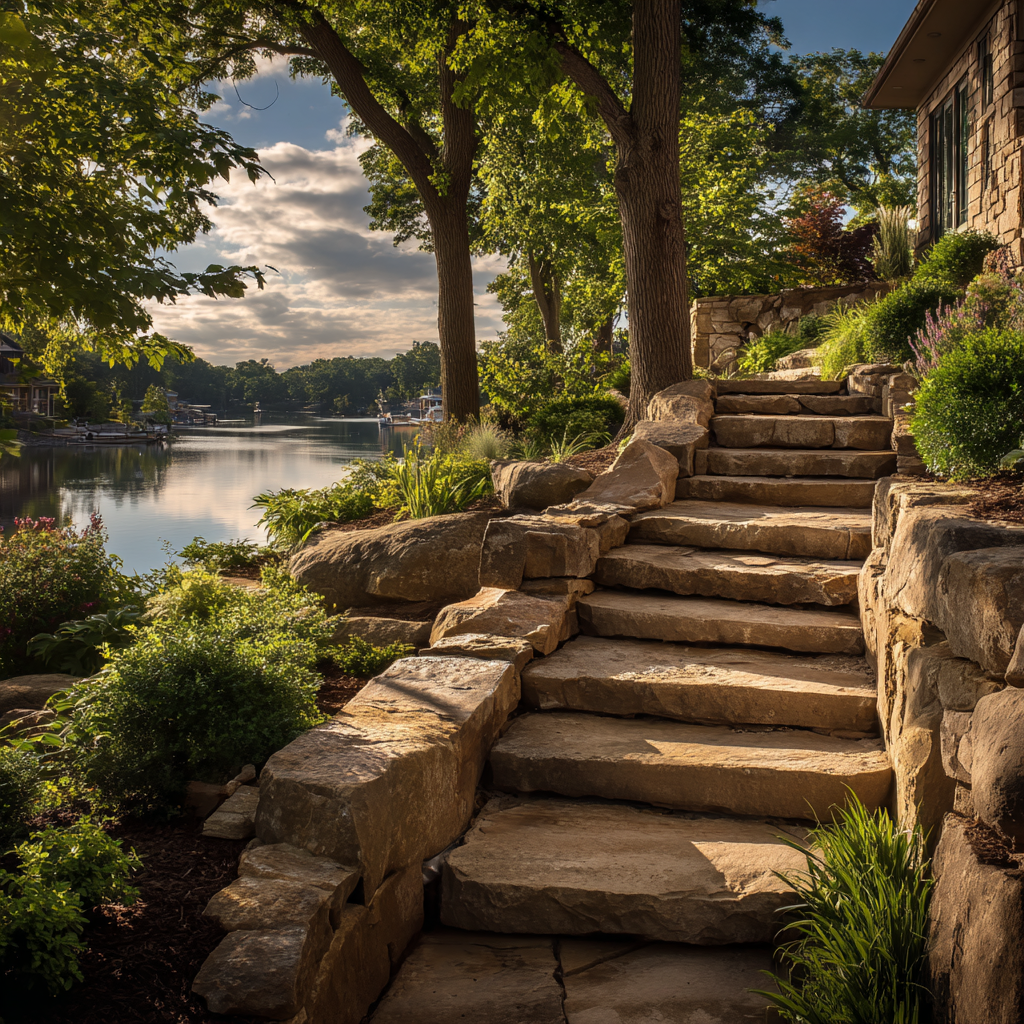Soil consistency and nutrient levels vary by region and recognizing that some soils are not healthy enough to cultivate and provide an optimal atmosphere for your lawn and added greenery is vital. Fertilizers are essential to ensure your lawn and gardens with the necessary nutrients that they may be lacking.
While choosing a fertilizer and learning how to execute the process can be intimidating, professional landscaping companies are there to assist you if needed, and implementing a fertilizer into your property is the first step to having the lawn and garden you’ve always dreamed of.
What is Fertilizer?
Soil and plants need additional components to improve their health and ensure enough mineral nutrient elements are provided. Fertilizers are organic or inorganic materials that are applied to the soil or the plant to assist in cultivating a healthy lifespan. Water and carbon dioxide in the air provide carbon, hydrogen, and oxygen for plants, which are essential elements they require for growth. The additional nutrients needed for optimal growth are
macronutrients and micronutrients
, which are found in the soil and absorbed by the plant’s root system.
Macronutrients: Essential for Plant Growth and the Overall State of the Plant
Micronutrients: Essential for Successful Growth and Optimum Yields
Being aware of what your lawn may need to grow successfully and stay healthy is the
key to picking the right fertilizer. There are many different types of fertilizer, each providing a variety of benefits and consistencies for your lawn.
Synthetic
These fertilizers are “man-made” chemically manufactured materials that contain one or more of the primary nutrients necessary for optimal plant growth. Synthetic fertilizers act on the soil immediately, meaning a consistent amount of nutrients are always available for the plant. While results are almost immediate, in the long-term use of synthetic fertilizer, beneficial micronutrients present in the soil can be killed, the nitrate levels of the soil can be increased, and the natural makeup of the soil can be damaged. If using synthetic fertilizer, it’s best to limit use to a designated time frame to get maximum benefits before any other issues surface.
Granular
Dry, tiny pellets make up the consistency of this fertilizer, and it can be found in both synthetic and natural forms. Granular fertilizer is worked into the soil or sprinkled around the plants and breaks down over time, meaning the nutrients are released sporadically. Individuals using granular fertilizer can jumpstart the release process by watering regularly and will begin to see results in as soon as two days. Granular fertilizer tends to be cheaper when purchased in bulk, easier to store, and more efficient for heavy pre-plant applications.
Liquid
Water-soluble powders or liquid concentrates are mixed with water to create a liquid fertilizer solution. Since plants thrive off the water, they quickly absorb liquid fertilizers meaning the plants get their nutrients almost instantaneously. Liquid fertilizers are an excellent method to use for starter plants or a quick boost of nutrients during the growing season. These fertilizers are applied with a hose-end sprayer or watering can to allow for the powder or concentrate to mix with the water thoroughly. Individuals using liquid fertilizer will notice an easy application and blending process and consistency in the application process.
Organic
Micronutrients are essential for plant growth and success. Organic fertilizers are the products of natural decomposition and are easy for plants to digest, bringing them a larger array of micronutrients than other fertilizers. These fertilizers are all-natural and don’t contain any synthetic materials. Organic fertilizers are commonly known as
the “health food” for plants
as they keep your plants healthy and vigorous with slow-release, consistent nourishment. Many enjoy using organic fertilizers because of their all-natural consistency and other benefits such as increased soil richness, soil imbalance correction, cost-effective, and many more.
Professional vs. DIY
Many property owners choose to fertilize their lawns on their own time by conducting research and going through trial and error to identify what type of fertilizer works best for their needs. While many have success,
hiring a professional lawn care company
can take the stress off you and help your lawn reach its optimal performance all year round. Professional lawn care companies are familiar with the climates they work in and are trained to provide you with the best service and advice relevant to your area.
Early and Late Spring
As the snow melts after winter, the temperatures start to rise in the spring, meaning grass begins rebuilding its root system and top growth as a result of dormancy through the cold months. New grass shoots called “tillers” emerge from the ground, which is what gives grass the vibrant green appearance we all love. Monitoring the progression of top growth is the key to successful growth. If too much top growth is formed, a robust root system will be lacking, and if top growth is limited, plants gain the inability to store enough sugars to feed upon for nutrition between feedings.
Grasses either go dormant, or growth slows to almost a complete halt during winter months. It’s encouraged to find a fertilizer that helps your lawn re-establish roots and top growth while preventing weeds from sprouting. These fertilizers can be added in the early spring. In late spring in the Midwest, the grass is typically growing quickly, and temperatures are optimal for strong root and top growth. If you choose to fertilize in late spring, your lawn will receive increased nutrients to maintain steady growth throughout the summer while preventing weeds from taking over.
Summer
Summer can be tough on grasses as the temperatures tend to fluctuate, and if you live in a colder area, some grasses tend to stop growing as the hotter temperatures are too much for them. Fertilizing in the summer months helps grass continue growing even during temperature fluctuation. Many insects emerge in the summer and can damage the surface of the lawn. If you choose to fertilize in the summer, it’s encouraged to find a fertilizer that not only gives the grass a boost when it comes out of summer dormancy but also combats insects and prevents them from taking over.
Fall
Grasses tend to grow quickly in the fall,
especially in the Midwest. The lower temperatures cause grass blades that may have gone dormant in the summer to green up again as their roots are encouraged to continue growing deeper. Your lawn is working overtime in the fall to store enough sugars before the winter months, so they have a surplus to begin developing the following year. If choosing to fertilize in the fall, it’s encouraged to find a fertilizer that will deliver nutrients to your lawn to assist in repairing damage from possible drought, heat, and increased activity of the summer.
Contact a Professional Today
Choosing to fertilize your lawn and garden comes with a lot of thought and research regarding the type of fertilizer that’s best for your yard, the appropriate time of the season for your area, and whether you choose to do it yourself or recruit a professional. If you’re ready to optimize the appearance of your property and add to curb appeal, it’s encouraged to begin utilizing your resources and
schedule a consultation with a professional lawn care company today.
